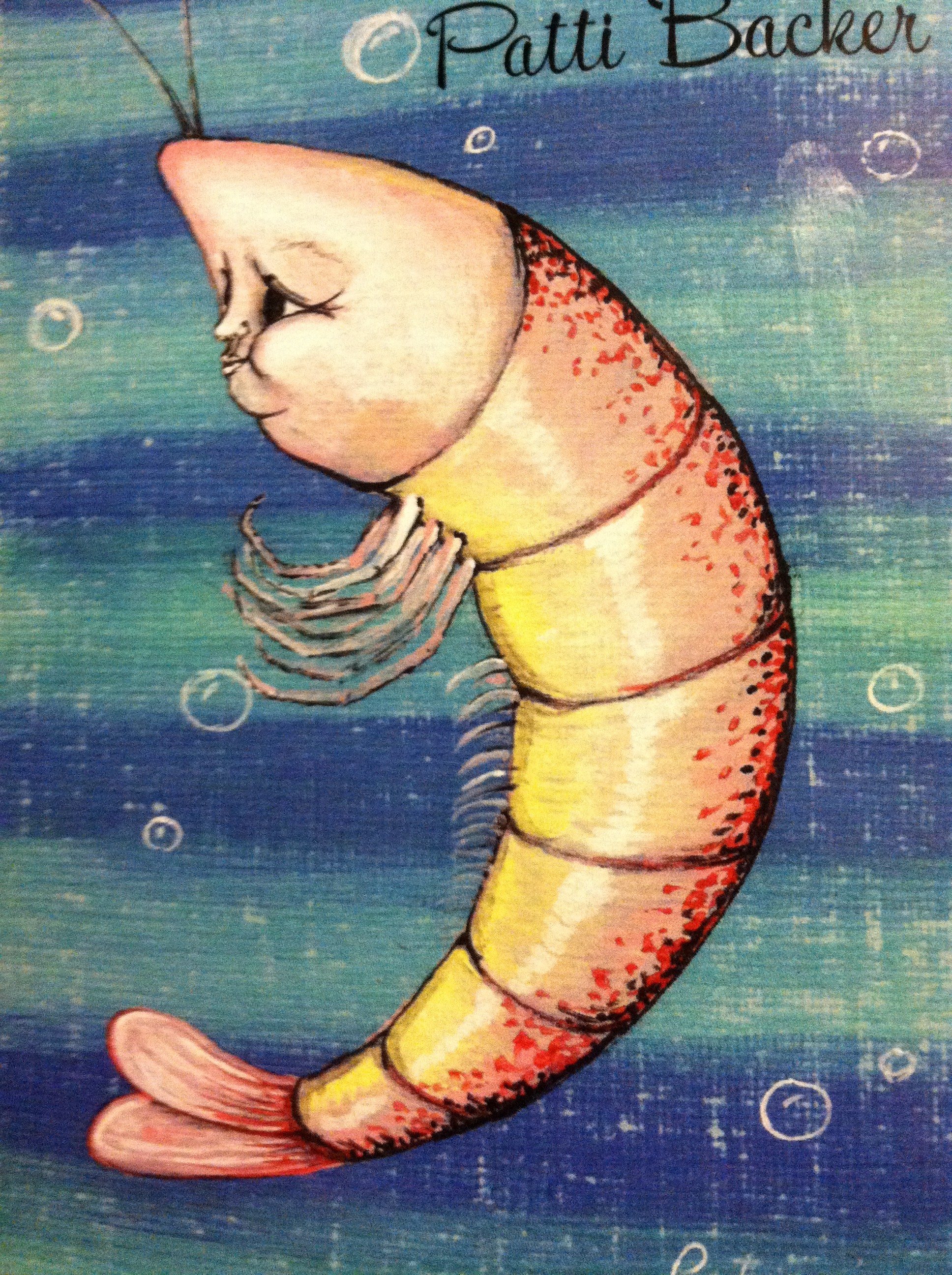
 In case you’re not familiar, “the Uncanny Valley,” was coined to describe a robotics phenomenon. Scientists discovered the more accurately a robot was rendered, the more people it creeped out. We have a sense that, no matter how much a thing looks human, it isn’t. We are unnerved by the perversion of an almost-something.
In case you’re not familiar, “the Uncanny Valley,” was coined to describe a robotics phenomenon. Scientists discovered the more accurately a robot was rendered, the more people it creeped out. We have a sense that, no matter how much a thing looks human, it isn’t. We are unnerved by the perversion of an almost-something.
CGI characters in movies can be rendered more accurately. They could look more like real people than they already do, but audiences would find the movies unwatchable. The Uncanny Valley is a place we don’t want to be. It violates the edges of both our senses and our imagination.
It could be said artist Patti Backer works in the Existential Uncanny Valley. Her art could be described superficially as whimsical—fantastic creatures with large eyes and overly cute faces. But the faces have a darkness. There is something wrong about them, but the description feels just out of reach. We are attracted to the way they question reality but unnerved by it at the same time.
Big-eyed art is, Backer recognizes, overdone. But the attraction to her work isn’t that it belongs to a rising genre, in fact just the opposite. Generally, big-eyed art is a blunt object. It falls into two categories: “I painted this to disturb you” or “I painted this because I know cute things sell quickly.” Backer’s work unselfconsciously falls in the cracks between these two extremes.
And then there’s the soot.
It has taken me a few years to get a handle on it, but all of Patti’s work appears to have a nearly-undetectable layer of gray. The eyes are prominent, they dominate most of the painting. As a result people consider the painting’s mood to come solely from the eyes. But is isn’t merely that the eyes are off. It is that the color is off. Baker’s work is both gray and brightly colored. The presence of the gray signals something amiss, but the signs are so subtle, we don’t notice. So the unease is transferred.
The eyes, as it turns out, are the clue rather than the answer. In CGI, eyes are the barrier that create the Uncanny Valley. The random way the light hits them is un-reproducible so the renderings look soulless. This isn’t a metaphysical point, but a biological one. In the Uncanny Valley we are all primitives, as terrified of the unknown as of the consequence of attaining knowledge. We are in a primal panic.
Backer’s creature’s eyes evoke almost the reverse, a psychological double cross. The eyes say, “We’re patently not alive,” but still make an emotional connection. Our fear, then, is that connection. We know the subjects are made with painted, colored lines but still allow them direct address in our minds. They have stories and histories. The assurance they aren’t real and aren’t threatening is what makes them real and threatening.
During this week’s Todcast, she told me said the titular shrimp (pictured as well) was wistful. What it is wistful for is where we are bothered. The shrimp is fake, its psychological pain is real. And even though our rational brain knows better, the primitive in us cannot separate the humanity from the inanimate. CGI people disturb us because they have no souls, Backer’s creatures disturb us because they do.
Backer’s art lies somewhere between the uncensored Grimm’s and Alice in Wonderland. It is the nightmare you can’t explain. And, in the end, I suspect this is what makes her so successful. We are drawn to work like hers because of its surreality. We are attracted as if down the basement stairs (or rabbit hole, I guess), our curiosity about the mystery beyond the dark stronger than our fear.
In the Existential Uncanny Valley, we’re not afraid of death. Instead, having glimpsed its reality, we’re afraid of losing touch with the the imaginary.
Patti Backer will have an opening reception for her newest show, “Talking Birds, Sea Creatures and Animals I have Yet to Meet” 5-9 pm. Friday, May 11 at The Globe. The show will remain up until June 11. Her work can been seen and purchased here.
Regret the error:
Our guest this week, Patti Backer, is low in the mix. It’s my fault because I did not account for the fact that, being less self-centered than I, she doesn’t bellow into the microphone. Patti can be heard on the Todcast, but sometimes is difficult to understand. I’ll be more careful in the future.
Also in this week’s Todcast, some police hate and the improvised State of the Beer. Take a listen below or subscribe here.
